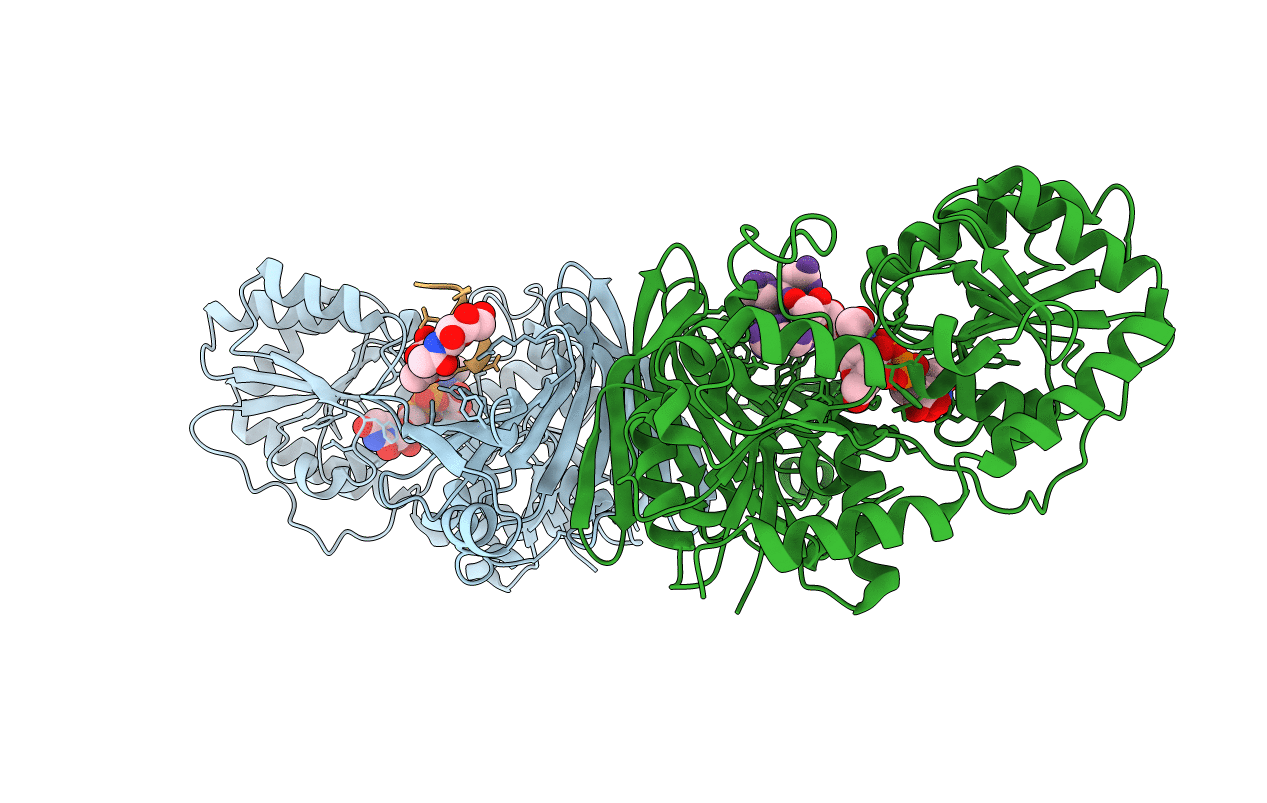
Deposition Date
2021-03-11
Release Date
2022-03-16
Last Version Date
2024-11-20
Entry Detail
PDB ID:
7EC3
Keywords:
Title:
Crystal structure of SdgB (complexed with UDP, GlcNAc, and Glycosylated peptide)
Biological Source:
Source Organism:
Staphylococcus aureus (strain USA300) (Taxon ID: 367830)
synthetic construct (Taxon ID: 32630)
synthetic construct (Taxon ID: 32630)
Host Organism:
Method Details:
Experimental Method:
Resolution:
2.50 Å
R-Value Free:
0.24
R-Value Work:
0.19
R-Value Observed:
0.19
Space Group:
P 21 21 21


